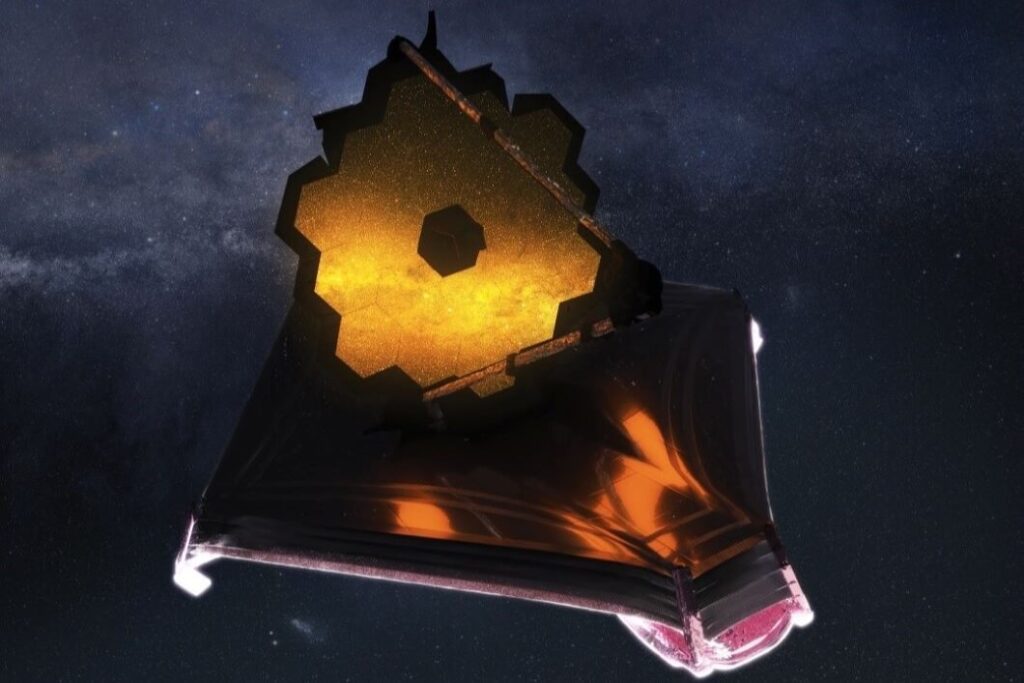NASA’s James Webb Space Telescope has arrived at its final destination in space, nearly 1 million miles away from Earth.
The world’s most powerful space telescope fired its thrusters on January 24, 2022 to carry out a final course correction, putting it onto its final orbit around the Sun-Earth Lagrange point, known as L2.
“Webb, welcome home!” NASA Administrator Bill Nelson commented in a blog. “Congratulations to the team for all of their hard work ensuring Webb’s safe arrival at L2 today. We’re one step closer to uncovering the mysteries of the universe. And I can’t wait to see Webb’s first new views of the universe this summer!”
NASA said Webb has used as little propellant as possible to reach its final destination, meaning it will have more propellant left for regular operations over its lifetime, for example small adjustments to keep it within its desired orbit.
The telescope was fully deployed earlier in January 2022 after successfully unfolding its mirror. Scientists on Earth will now spend three months aligning the telescope optics before the first images can be captured and sent back.
Webb is the successor to the Hubble space telescope and aims to look back over 13.5 billion years to when the first stars and galaxies were formed to unlock the secrets of the universe. It will also search the universe for signs of habitability on nearby exoplanets.
Its primary mirror is 21.3 feet (6.5 meters) across and is composed of 18 gold-plated deployable hexagonal segments.
The telescope was launched on space on December 25, 2021.
Webb is a collaboration between NASA, the Canadian Space Agency and the European Space Agency.

